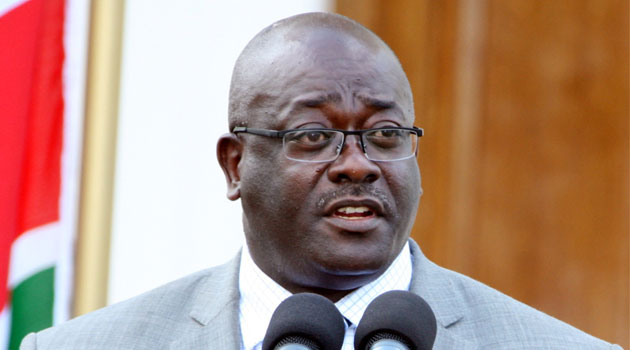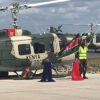NAIROBI, Kenya, Dec 3 – The National Museums of Kenya has appealed to the government to allocate it more resources for archiving historical audio visual material.
The museum’s Director General Idle Omar Farah said on Wednesday that although there was a high capacity for storage, manpower was limited due to lack of funds.
He called for the formulation of a draft policy framework governing the archiving of audio visual content saying that this would preserve the cultural heritage.
“Audio visual material is a very powerful media of communication to tell us about our history, to give us the memory of this country,” Mr Farah stated, adding that currently, there was no law governing preservation of such audio and video footage.
“Right now, there is no solid legislation or government policy to direct how we can preserve, protect and keep for posterity audio visual records,” he pointed out.
Mr Farah urged other stakeholders both in the public and private sectors to play their role in the preservation of cultural information.
“We need to identify all the institutions, both private and public who can take up this role. There are many big media houses in the country – including radio, TV and print. How are they keeping their records as well and how will the public be able to access that information? That is the question we must address,” he said.
The Director General also emphasised the need to digitise all library material which previously had been stored using analogue tapes.
“Digitisation of material would save on storage space,” he said.
He further pointed out that original analogue formats which are bulky and space consuming should be transferred to an outside storage facility in an effort to create space for back-up digital copies which are less bulky.
“Digitisation equipment, which are still in working order would be fully utilised and those which are damaged would be repaired,” he stated.
He further emphasised the need to computerise the catalogue at the archives department to make data collection and processing easier.
The current basic catalogue and finding aids for audio visual recordings are on manual cards, files and registers which make it difficult and time consuming for users to access information required.
Another factor which affects the storage of materials is environmental storage conditions; fluctuating tropical temperatures, high and low humidity, and dust which has manifested itself in analogue audio tapes that have not been rewound for a very long time.
These conditions adversely affect the life expectancy of audiovisual devices and as such, Mr Farah spoke of the need for a controlled climatic storage facilities and training of staff.
He also said that training of staff and more investment in proper facilities should be put at the fore in an effort to arrest the situation.
He finally stated that audio and visual media formed an integral part of contemporary life, culture and history. They form part of social development, yet most of the audio visual media productions in Kenya are at a risk of deteriorating, becoming obsolete or being damaged.










































